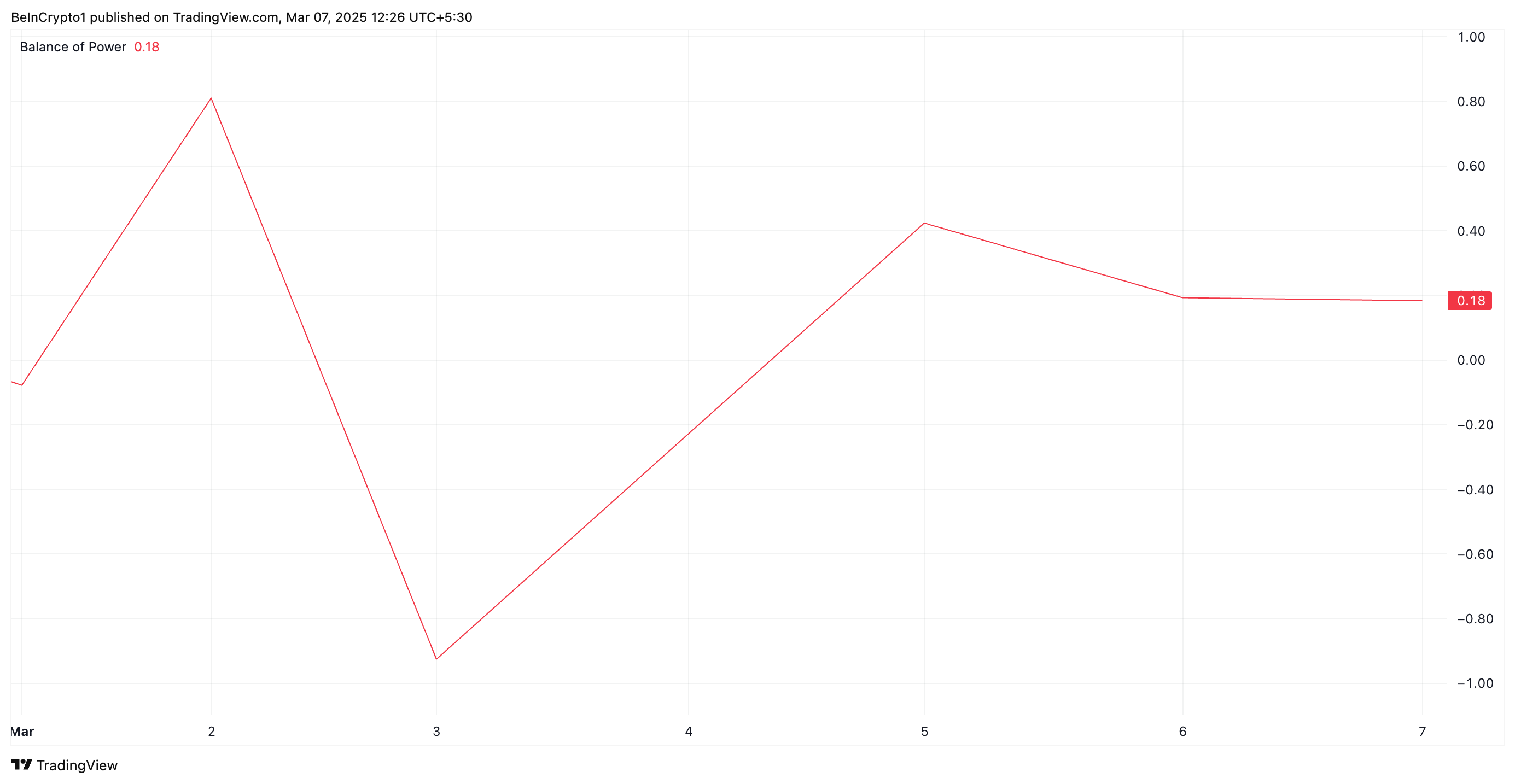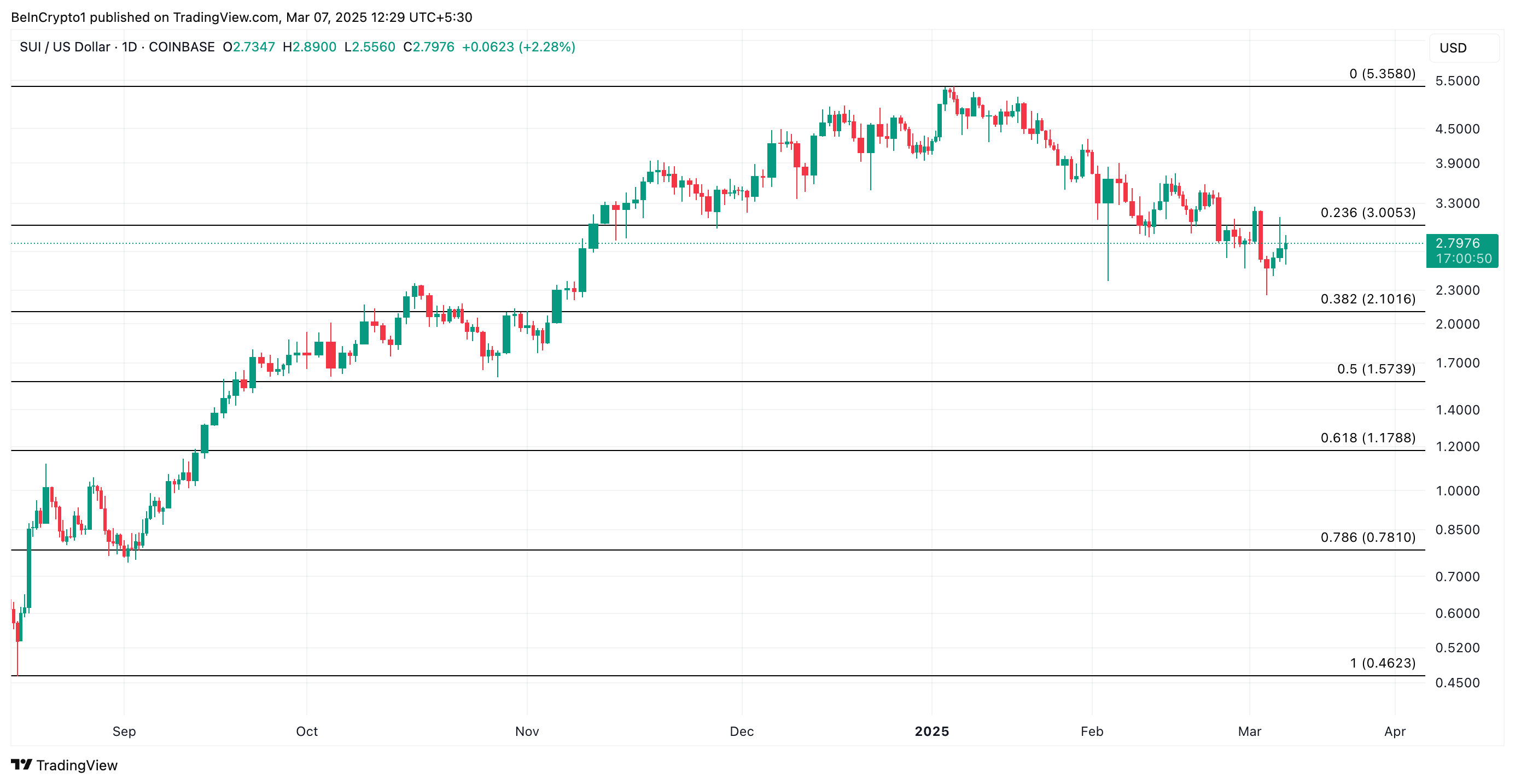The US Dollar Index (DXY) maintained a steady position around the 106.00 mark this week, as markets digest the impact of last week’s robust Nonfarm Payrolls (NFP) data. While a December rate cut by the Federal Reserve (Fed) is still widely anticipated, investor focus has shifted to the upcoming November Consumer Price Index (CPI) data, scheduled for release on Wednesday.
Inflation Outlook and Economic Indicators
Analysts project that annual headline inflation will climb to 2.7% in November, up from October’s 2.6%. Meanwhile, the core CPI is expected to remain unchanged at 3.3%. Despite these projections, the Greenback continues to benefit from a solid US economic backdrop, with strong growth and sentiment indicators providing ongoing support.
Encouraging economic data, such as the surge in the NFIB small business optimism index to its highest level since June 2021, underscores the resilience of the US economy. Additionally, the Atlanta Fed GDPNow model predicts a robust Q4 growth rate of 3.3%, while the New York Fed Nowcast model forecasts 1.9% for Q4 and 2.4% for Q1 2025.
Market Expectations and Technical Analysis
Markets are currently pricing in nearly a 90% probability of a December rate cut, although it’s anticipated to be a “hawkish cut” due to persistent inflationary pressures.
From a technical perspective, the DXY is hovering near the 106.00 level, with mixed signals from technical indicators. The Relative Strength Index (RSI) is pointing slightly upward but remains in negative territory, indicating limited bullish momentum. The Moving Average Convergence Divergence (MACD) indicator shows smaller red histogram bars, suggesting a reduction in bearish pressure.
The index is approaching the 20-day Simple Moving Average (SMA), a crucial level for short-term directional cues. Resistance levels are identified at 106.50 and 107.00, while support remains strong between 105.50 and 106.00.
Traders are closely monitoring the upcoming CPI release on Wednesday, as it could trigger significant market volatility depending on the inflation outcome.









